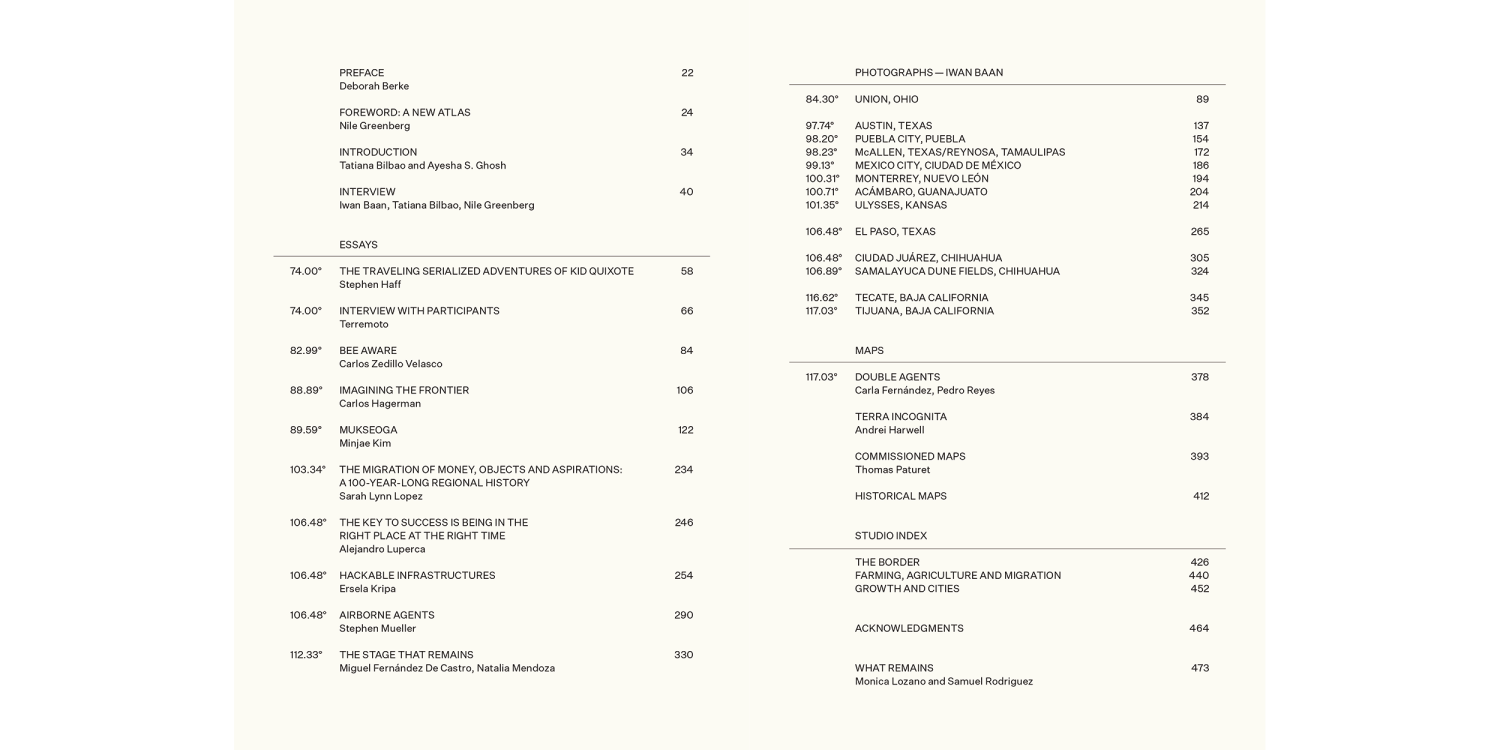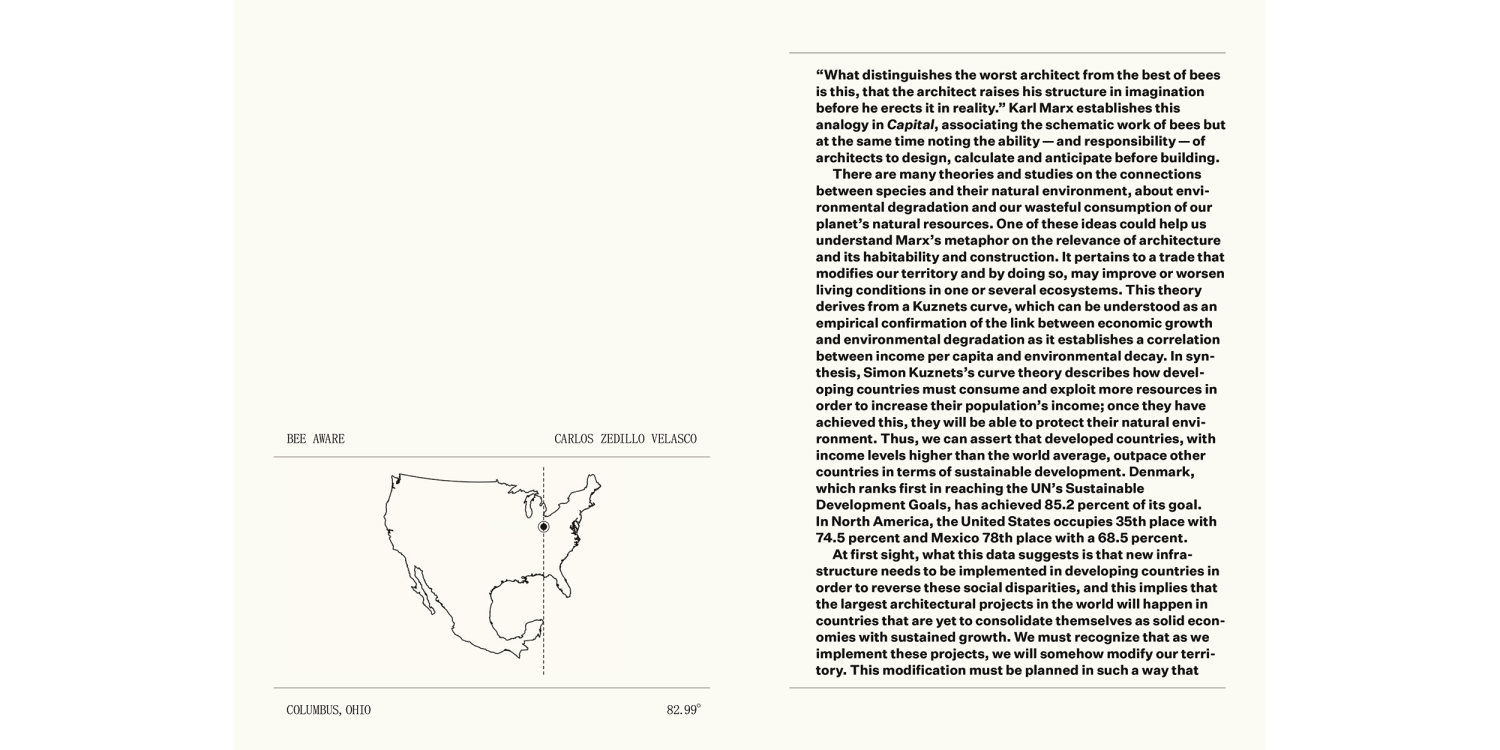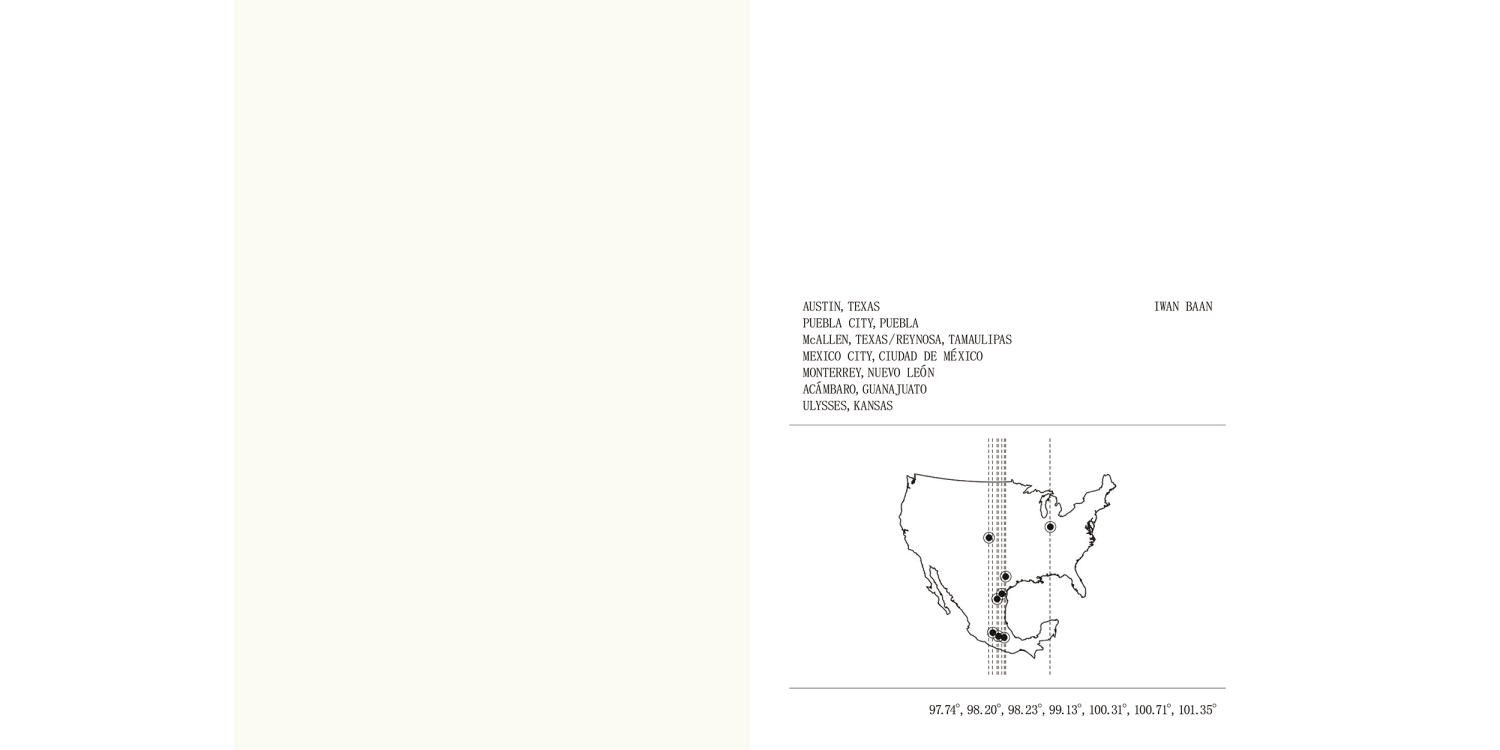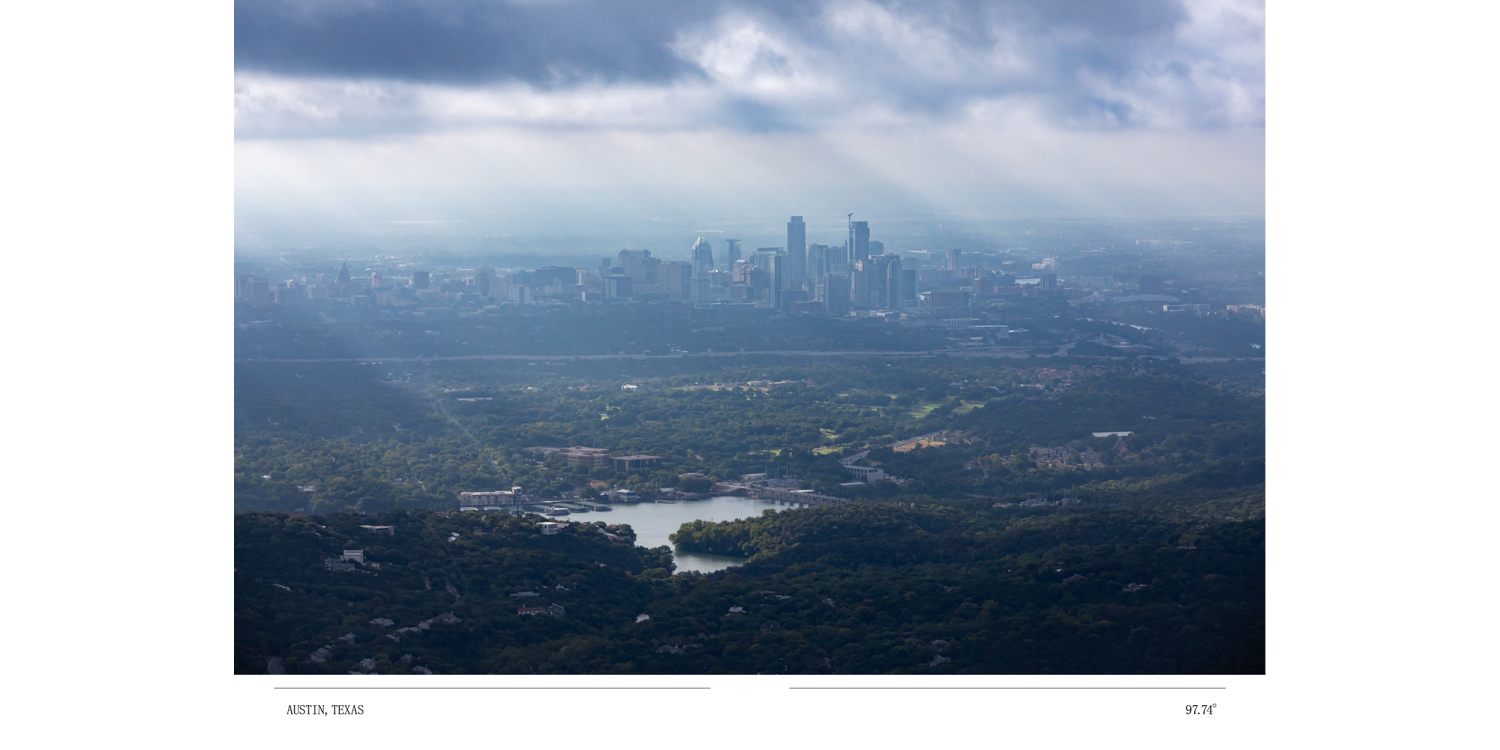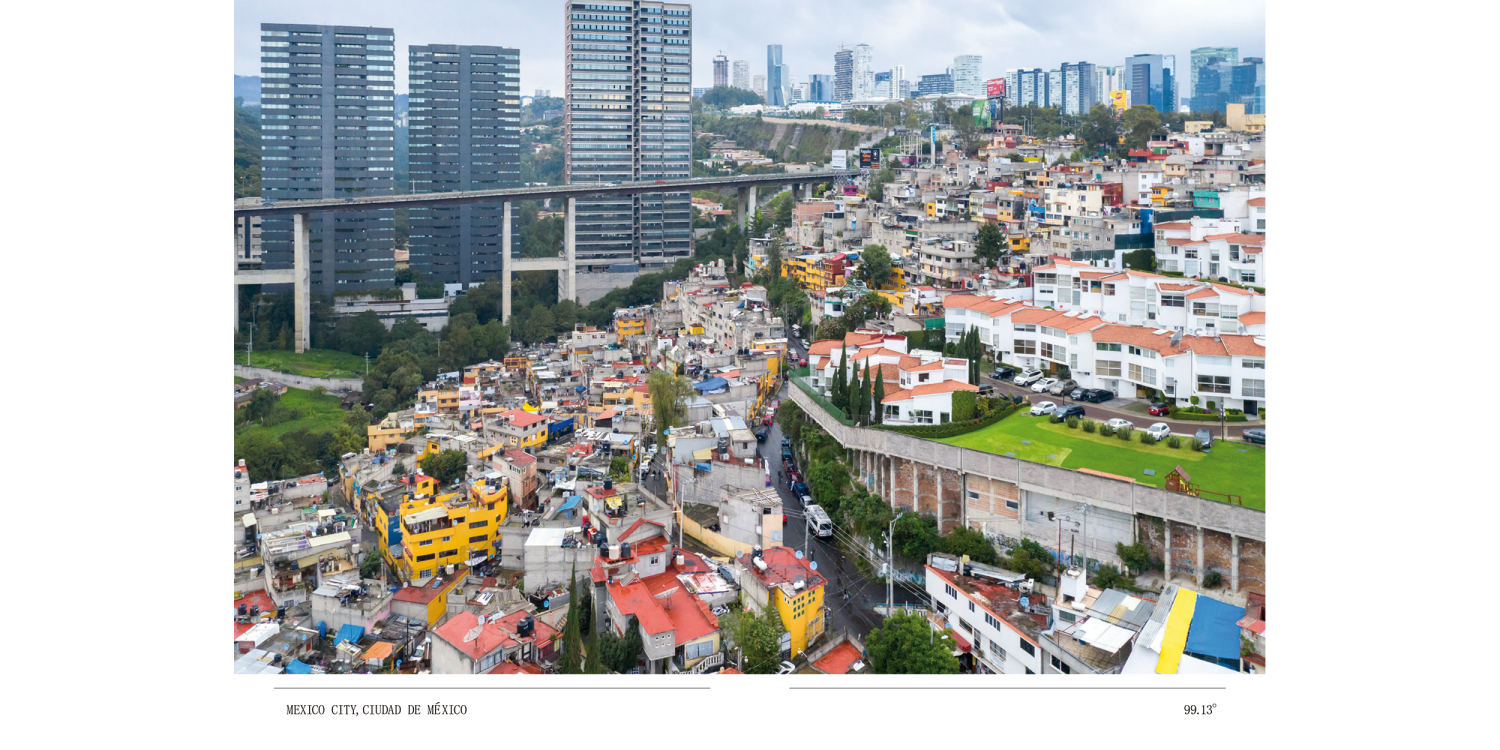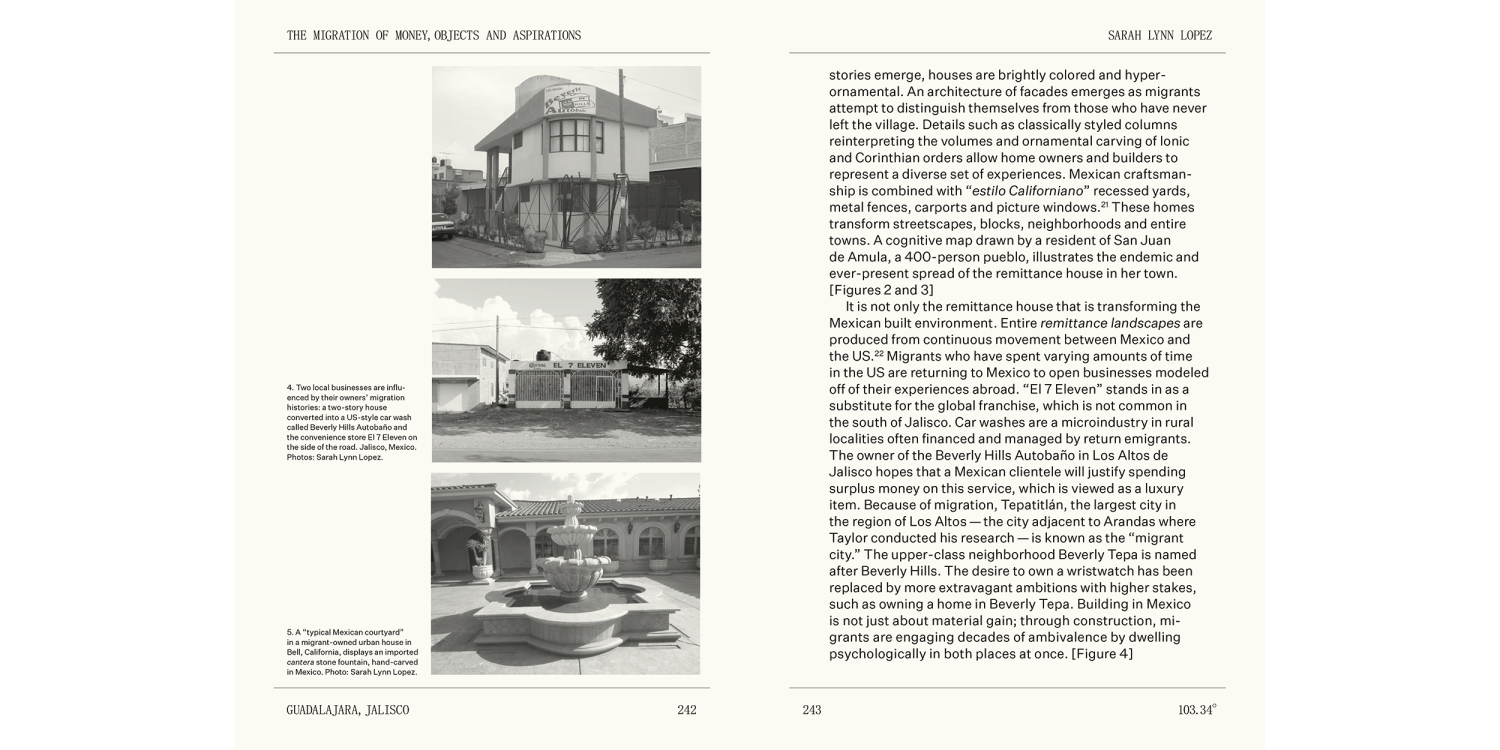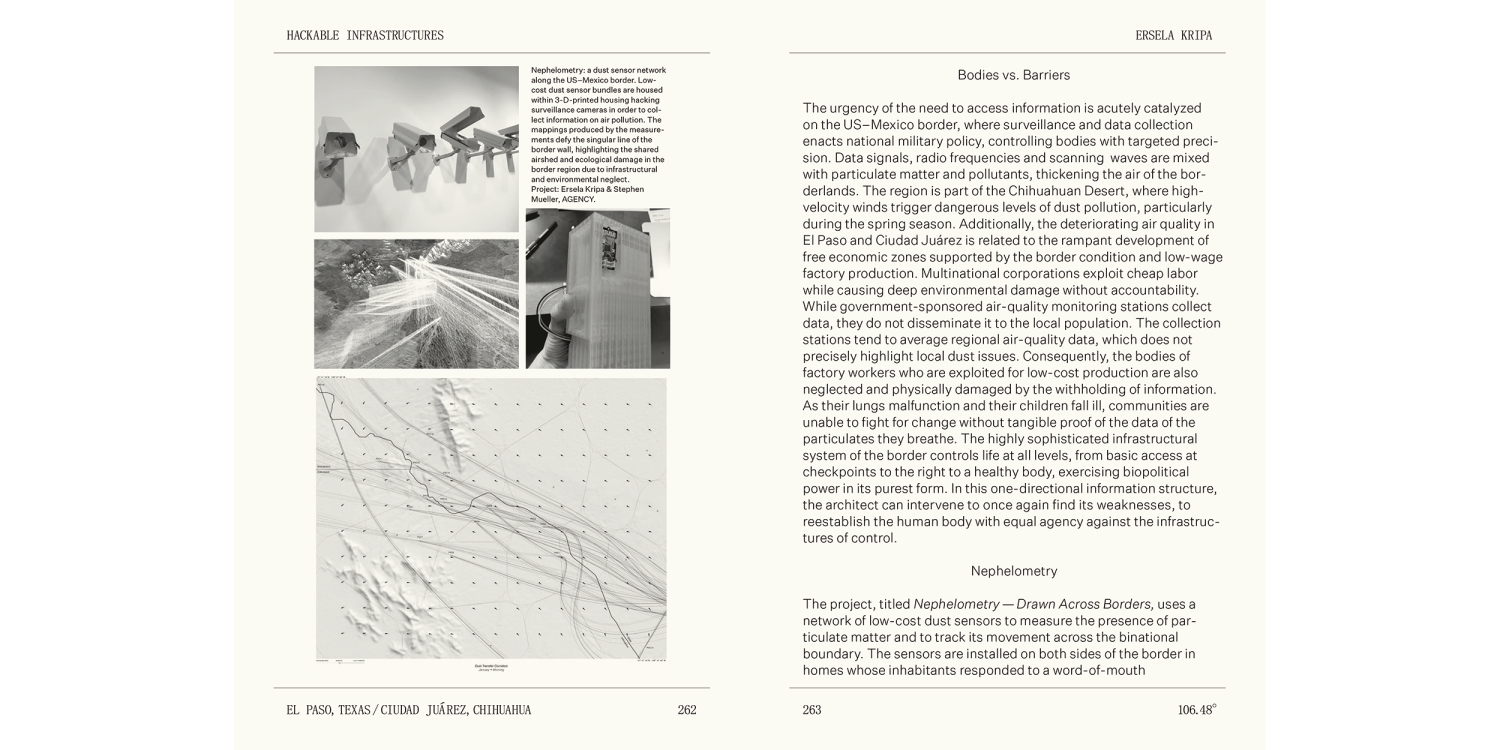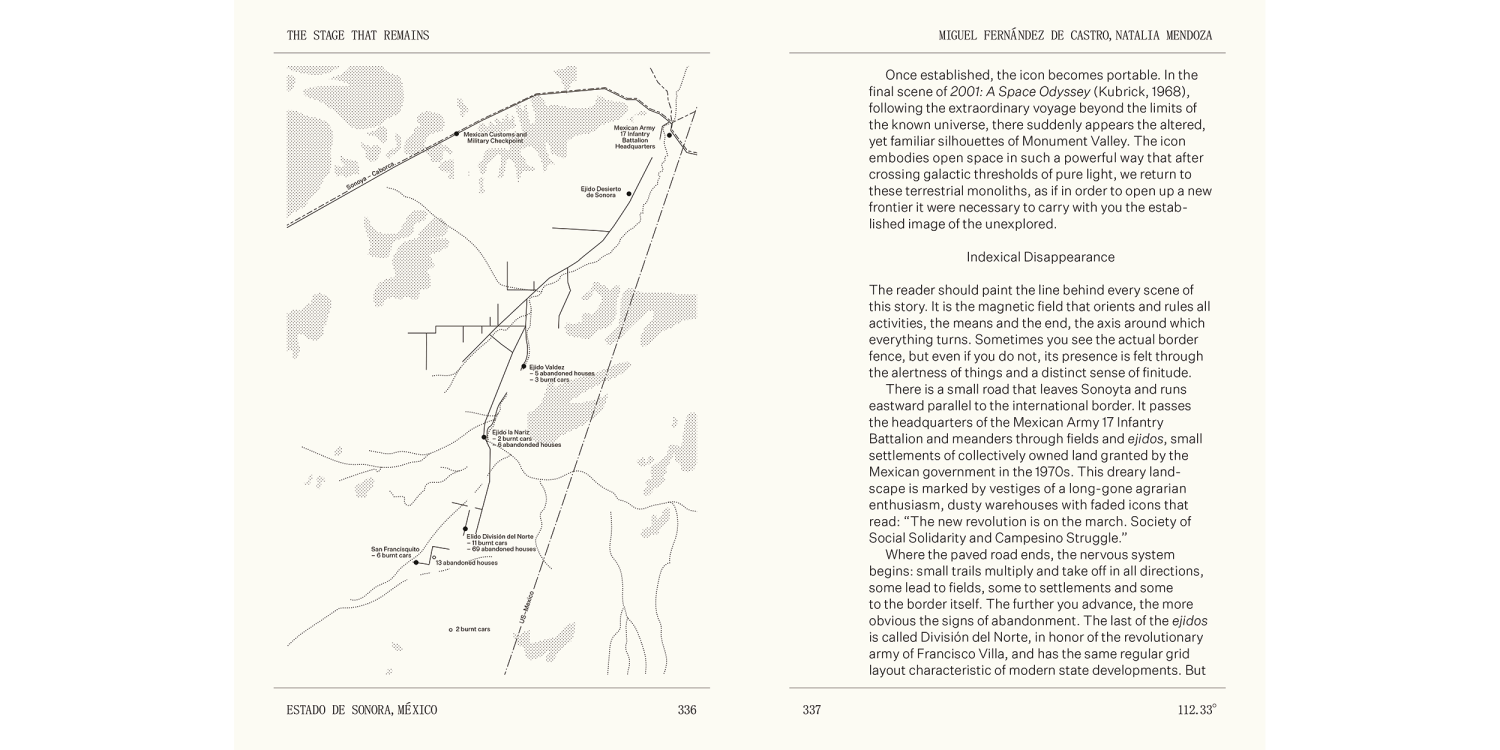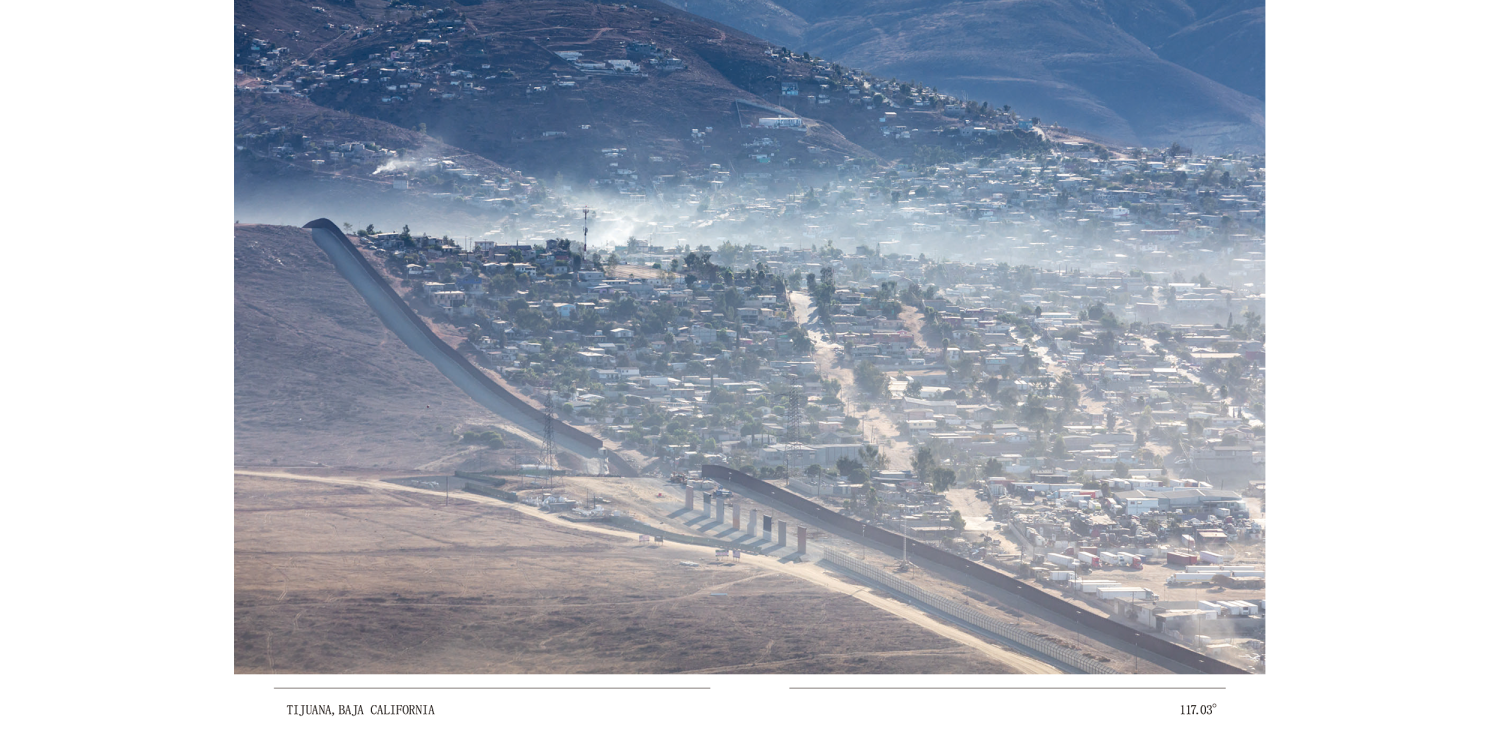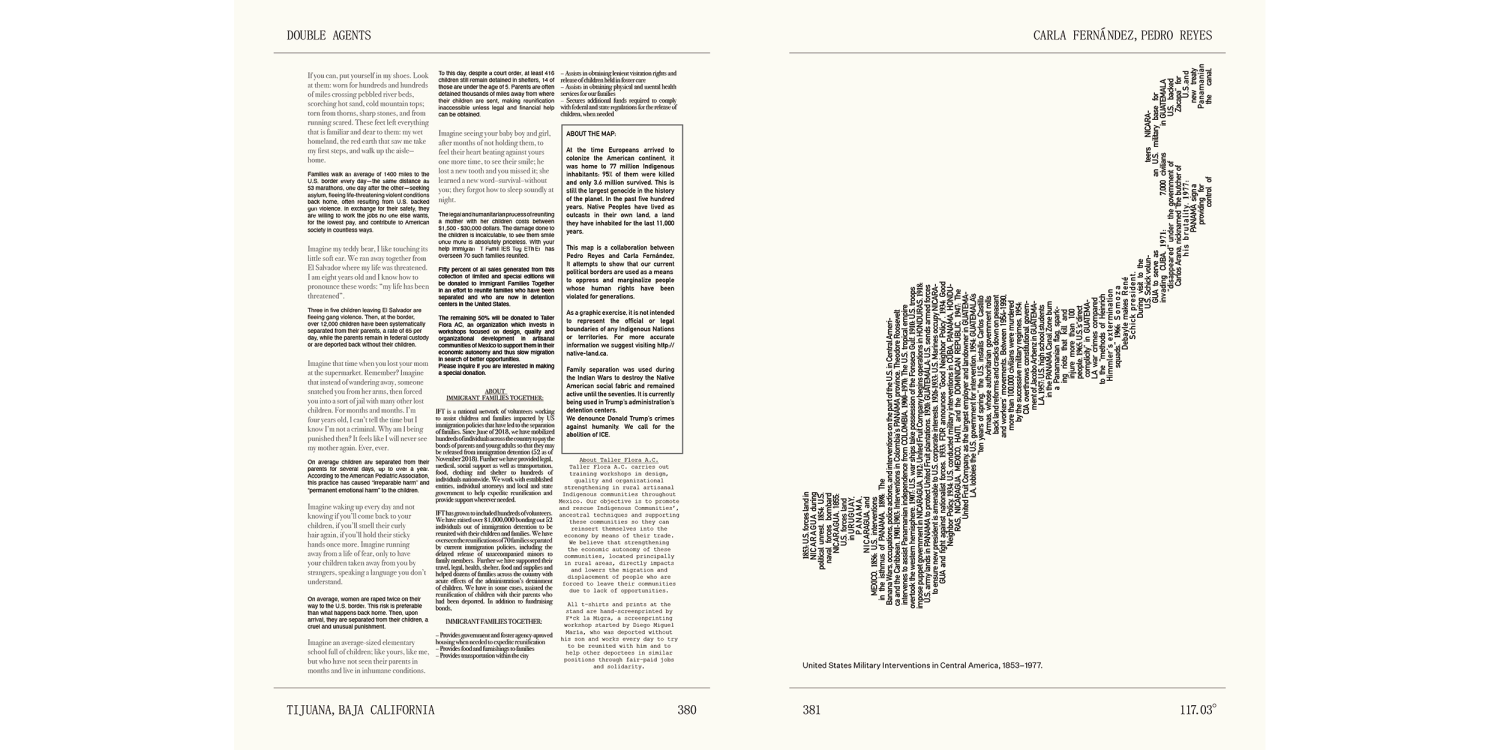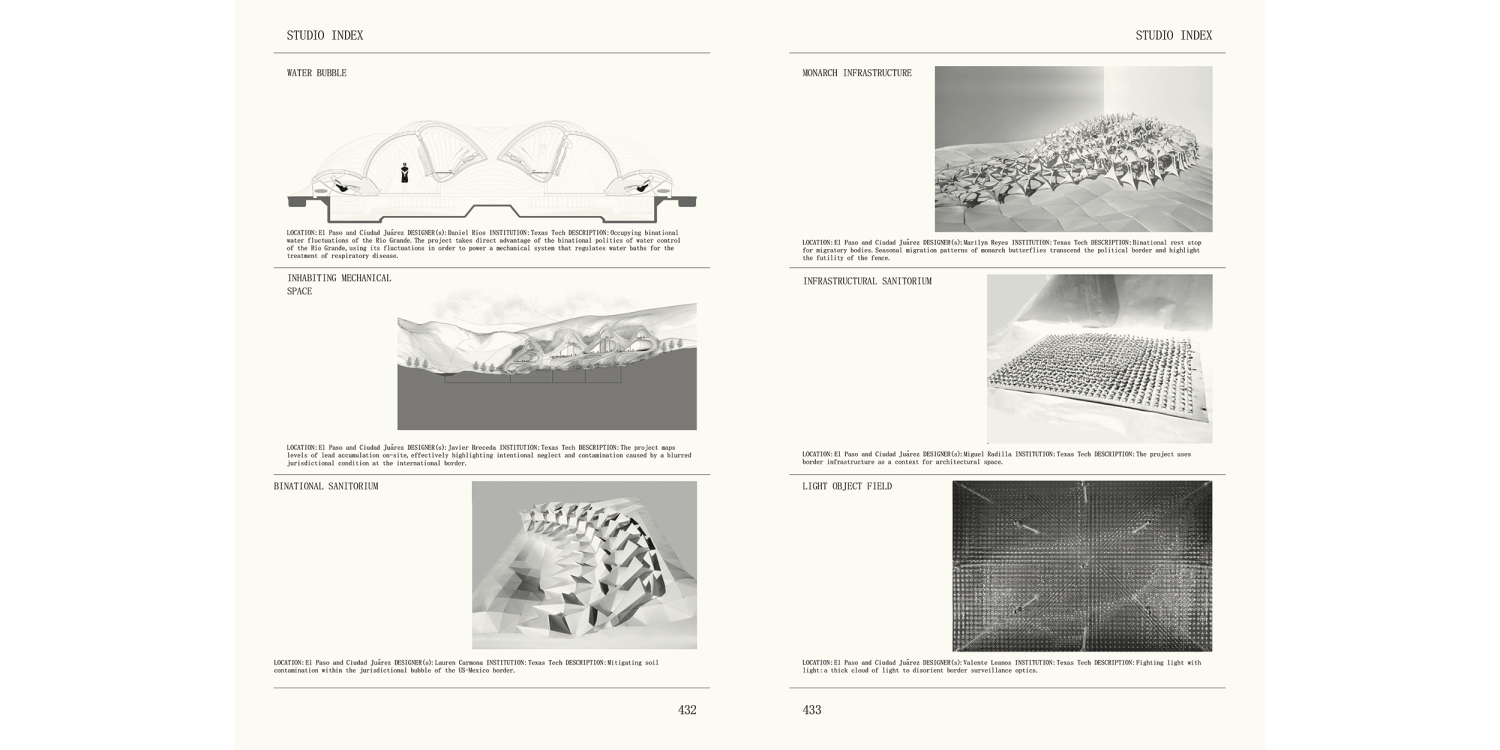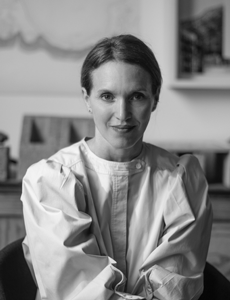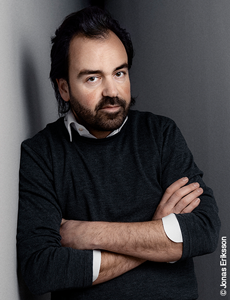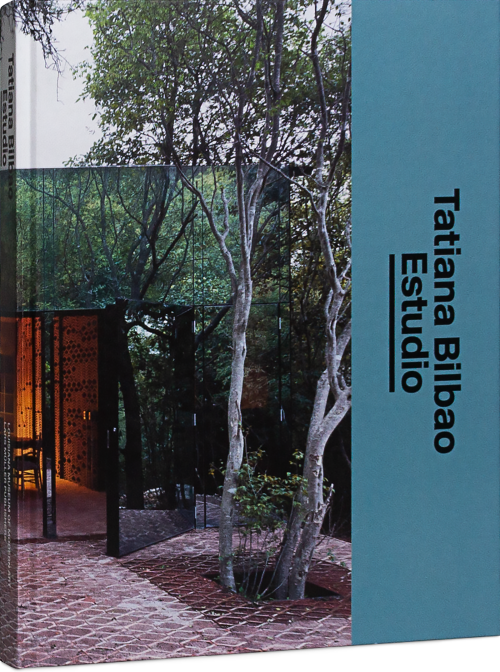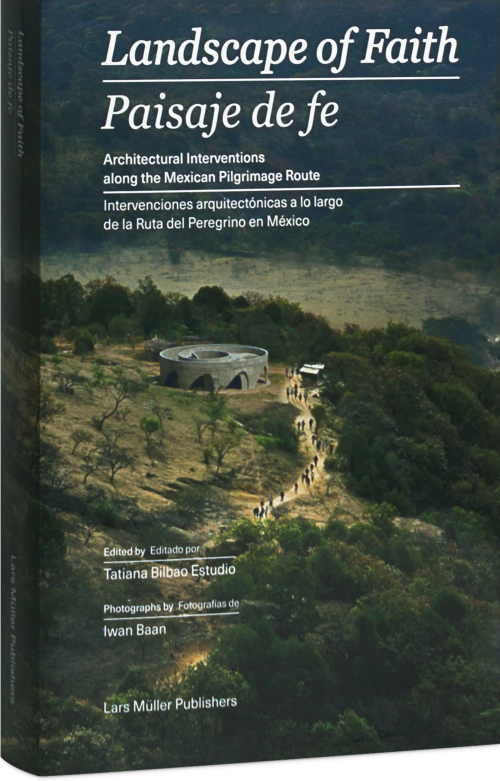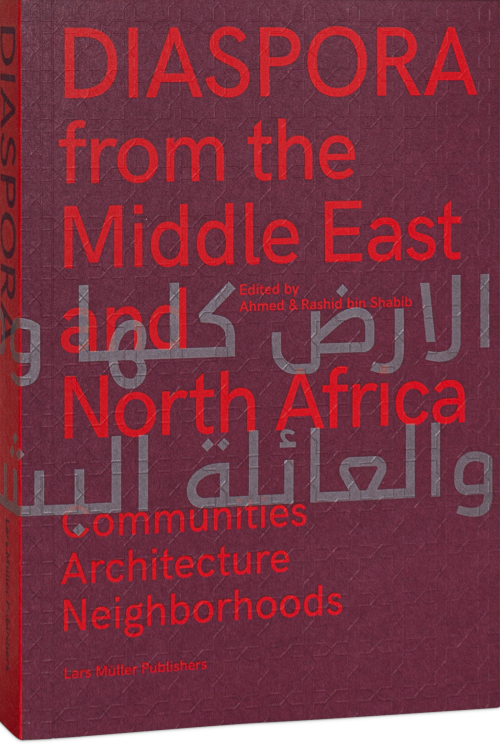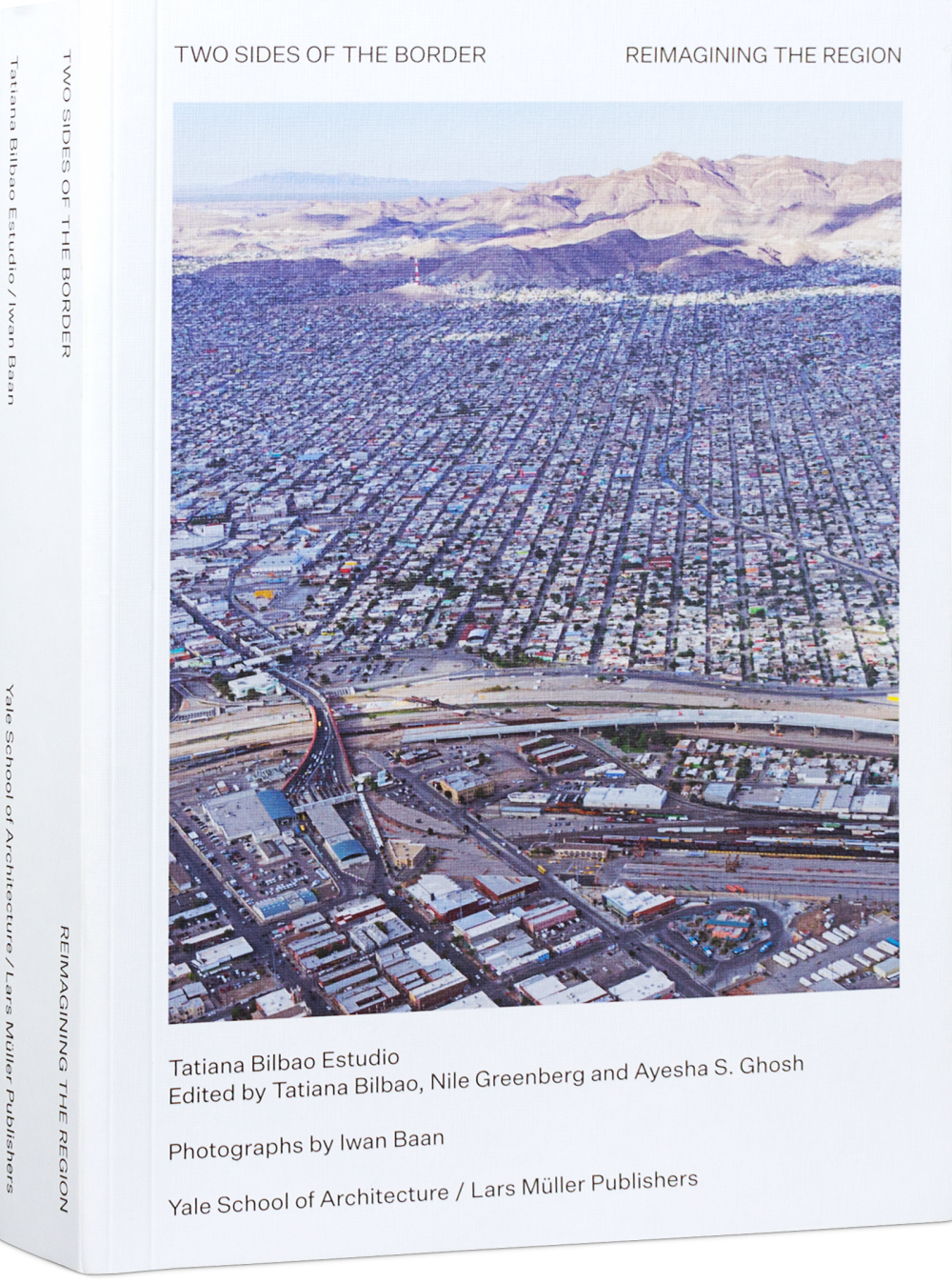
Two Sides of the Border
Under the direction of Mexican architect Tatiana Bilbao, thirteen architecture studios and students across the United States and Mexico undertook the monumental task of attempting to capture the complex and dynamic region of the US/Mexican border. Two Sides of the Border envisions the borderland through five themes: migration, housing and cities, creative industries, local production, tourism, and territorial economies. Building on a long-shared history in the region, the projects covered in this volume use design and architecture to address social, political, and ecological concerns along the shared border.
Featuring essays, student projects, interviews, special research, and a large photo project by Iwan Baan, Two Sides of the Border highlights the distinct qualities of this place. Altogether the book uses the tools of architecture, research, and photography to articulate an alternate reality within a contested region.
Under the direction of Mexican architect Tatiana Bilbao, thirteen architecture studios and students across the United States and Mexico undertook the monumental task of attempting to capture the complex and dynamic region of the US/Mexican border. Two Sides of the Border envisions the borderland through five themes: migration, housing and cities, creative industries, local production, tourism, and territorial economies. Building on a long-shared history in the region, the projects covered in this volume use design and architecture to address social, political, and ecological concerns along the shared border.
Featuring essays, student projects, interviews, special research, and a large photo project by Iwan Baan, Two Sides of the Border highlights the distinct qualities of this place. Altogether the book uses the tools of architecture, research, and photography to articulate an alternate reality within a contested region.
“The publication combines imagination, rigorous research and a bit of activism.”
– We make money not art
"A mix of interviews, essays, academic projects and photography focussing on the region along the shared border [of the U.S.A and Mexico]"
– Monocle on Design
